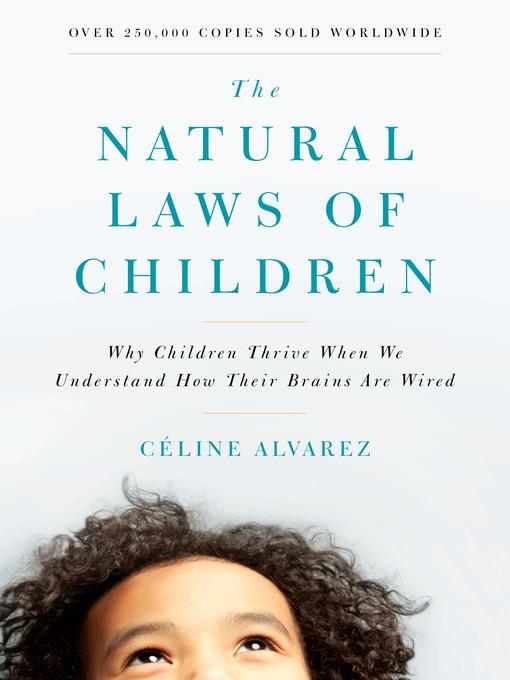
The Natural Laws of Children
Why Children Thrive When We Understand How Their Brains Are Wired
کتاب های مرتبط
- اطلاعات
- نقد و بررسی
- دیدگاه کاربران
نقد و بررسی

June 3, 2019
Child development researcher Alvarez provides a cogent argument for child-directed early education, inspired by the pedagogy of Maria Montessori and bolstered by “current scientific research on human development and French linguistics.” For support, she reports on her successful three-year experiment in teaching a group of three-to-five-year-olds in an underprivileged French public school, using a guided exploration approach predicated on the child’s built-in desire to learn and the plasticity of young brains. Alvarez describes her students flourishing using traditional Montessori learning exercises, such as being directed to sort differently sized but otherwise identical red rods by length. She strongly argues for the superiority of classic tools over newer, technology-assisted methods, such as “Montessori-based” apps or videos, in the latter case describing how children picked up language more readily from hearing it in person than from recordings. Nonetheless, Alvarez persuasively uses modern methods to substantiate her approach, such as MRI scans showing accelerated development of brain areas associated with reading in her students. Kohn’s translation should be particularly credited for seamlessly offering English alternatives for Alvarez’s examples of phonetic language teaching. Parents and educators will find Alvarez’s study both fascinating and useful.

June 28, 2019
Already a sensation in France and throughout Europe, researcher Alvarez's book is a detailed report of an experimental preschool classroom in Gennevilliers, France, where, with three- and four-year-olds, she tested teaching practices developed by pioneers such as Dr. Maria Montessori. Alvarez's goal? To liberate early education. Like those studying adult education, early educators are discovering that students are experts in their own learning. "Student-centered" education has become a buzzword, and titles such as Alvarez's illustrate what such a classroom actually looks like. For example, "horizontal" instead of "vertical" arrangements allow students to play together and teach one another rather than depending solely on the teacher. Alvarez's methods blend existing educational theories and neuroscientific research, taking into account young children's physical and emotional development and fostering independence. She encourages freedom of movement throughout the classroom, the use of rich sensory materials, and the cultivation of pro-social behaviors in children. VERDICT An indispensable resource for teachers and parents alike, this highly readable book offers strategies, anecdotes, and evidence without downplaying the complexity of the cognitive science that informs it.--Sierra Dickey, Ctr. for New Americans, Northampton, MA
Copyright 2019 Library Journal, LLC Used with permission.

























دیدگاه کاربران